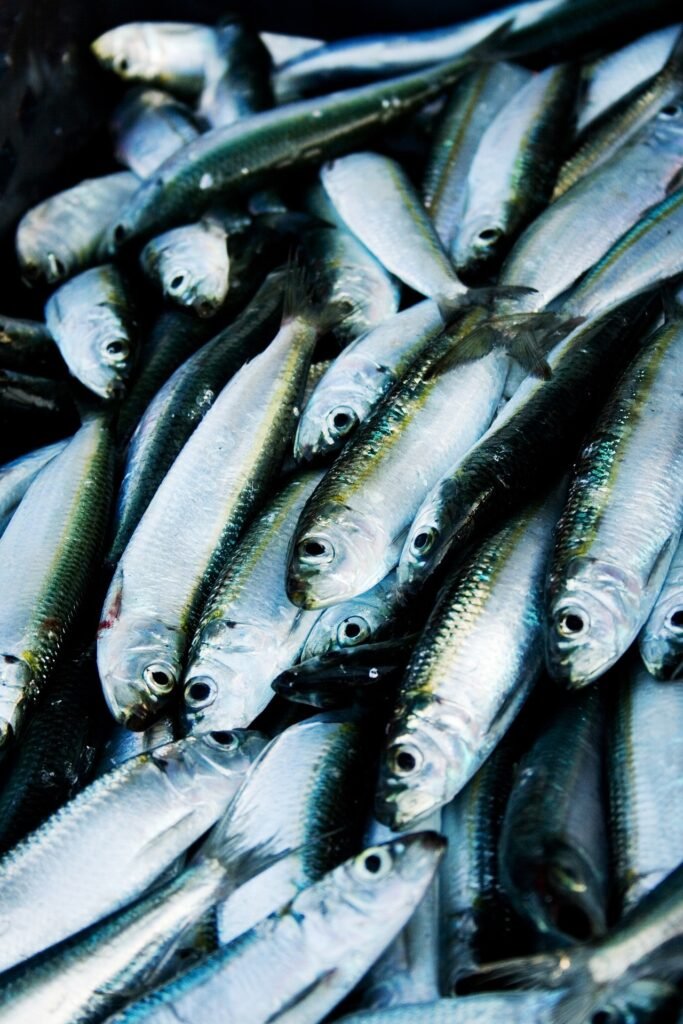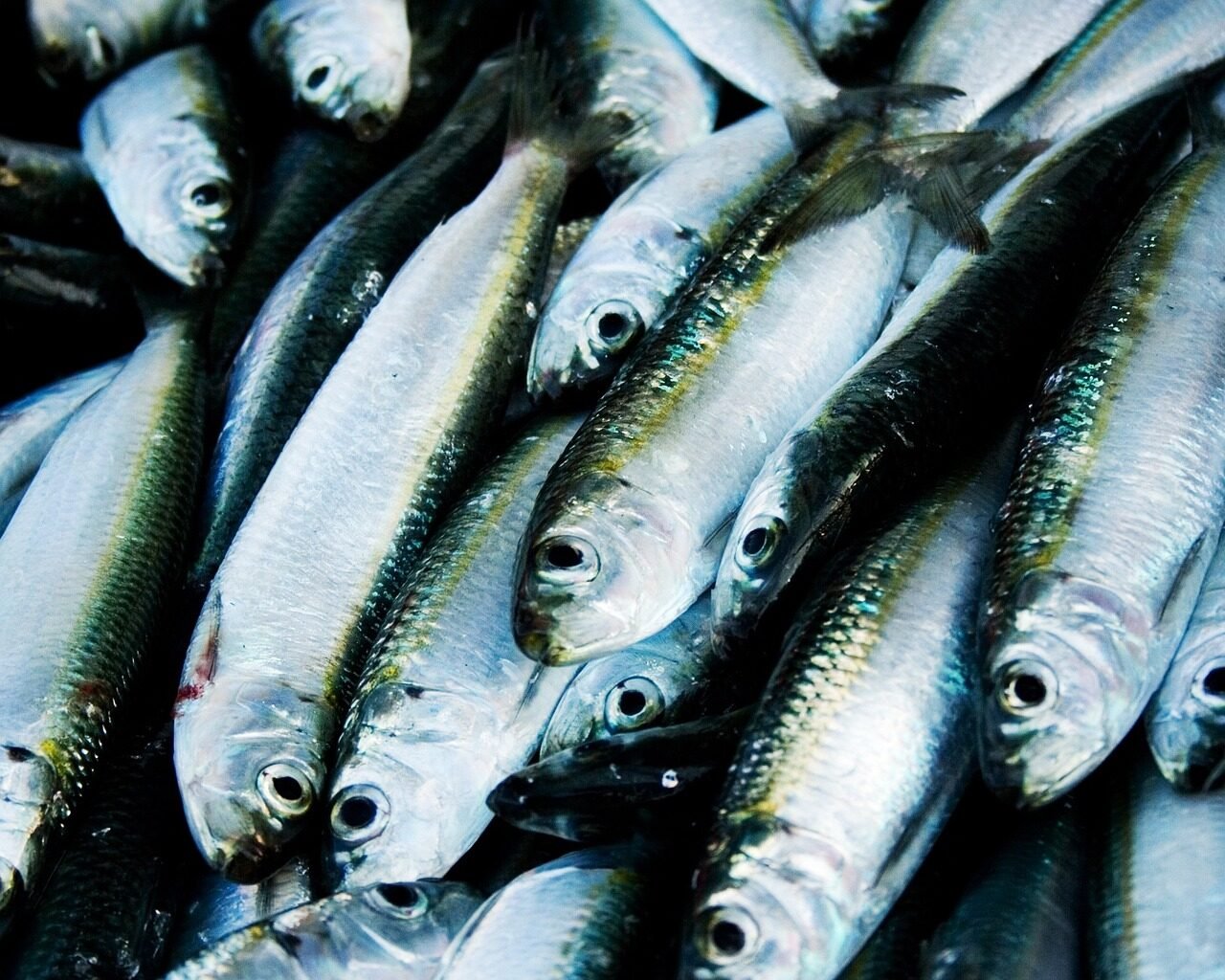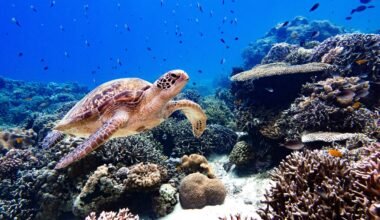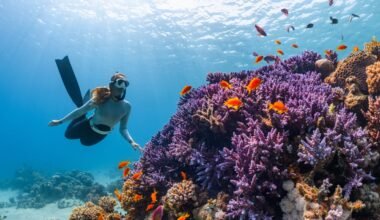You’ve probably heard the term ‘overfishing’ thrown around in the news and wondered what all the fuss is about. Simply put, overfishing means catching too many fish from the ocean at once, to the point that fish populations start to decline.
But there’s more to it than that. Overfishing has become one of the biggest threats to our oceans and the future of seafood. Keep reading to learn everything you need to know about overfishing including what’s causing it, why you should care, and what you can do to help.
This article will give you a deep dive into the state of overfishing around the globe and arm you with the facts so you can make sustainable seafood choices and encourage others to do the same.
The oceans provide food and livelihoods for billions of people, so overfishing is really an issue that affects us all. Together, we can work to solve this problem and protect fish for future generations. But first, let’s start from the beginning.

What is Overfishing?
Overfishing is the excessive harvesting of fish and sea life from oceans, seas and lakes beyond sustainable levels. This threatens the supply of seafood and the livelihoods of fishers. If left unmanaged, overfishing can deplete key fish populations and damage entire marine ecosystems.
Here are some of the reasons that you might want to consider why overfishing matters to everyone:
- It threatens global food security. Seafood is a major source of protein for billions of people worldwide. Overfishing jeopardizes future seafood supply and access.
- It harms marine ecosystems. Removing too many fish from the food web disrupts the entire ecosystem. Other marine life like seabirds and whales depend on fish for food. Overfishing can cause population declines throughout the ecosystem.
- It hurts coastal communities. Many small communities depend on fishing for income and jobs. Overfishing leads to smaller catches, economic hardship, and even job loss in these communities.
- It’s difficult to reverse. Depleted fish populations can take years or even decades to recover. Some species have been overfished to the point of commercial extinction. Protecting against overfishing is critical to avoiding long-term damage.
Now that we’ve established what overfishing is and why it matters on a global scale, it’s essential to delve deeper into the underlying causes driving this critical issue. Overfishing is not a problem that exists in isolation; rather, it’s a complex challenge influenced by a multitude of factors.
By understanding these causes, we can gain valuable insights into the root of the problem and explore effective strategies to address it. In the following section, ‘The Causes of Overfishing,’ we will dissect the various factors contributing to this ecological crisis, shedding light on industrial practices, economic drivers, regulatory gaps, and environmental variables that collectively push our marine ecosystems to the brink.
The Causes of Overfishing
Overfishing is devastating our oceans, but it’s not too late to turn the tide. The causes of overfishing are complex, but by understanding them, we can work to find solutions. Here are some of the most well known yet continuously disregarded factors that causes overfishing.
Economic and Market Factors
- The demand for seafood is higher than ever, fueled by population growth, globalization of trade, and rising affluence. As the market for fish grows, commercial fleets have scaled up using highly efficient fishing methods to meet demand and maximize profits. These large-scale industrial operations have depleted fish populations, damaging the environment in the process.
Regulatory Failures
- Many experts argue that overfishing persists largely due to a lack of effective regulations and enforcement. Fishing quotas are difficult to establish and enforce, especially for migratory species. Illegal fishing also undermines regulatory efforts. Stricter regulations, improved monitoring, and harsher punishments for violations could help curb overfishing.
Overfishing Methods
- Some modern fishing methods are extremely effective at catching fish but also very destructive. Bottom trawling, for example, involves dragging a large net along the sea floor, which damages habitats and catches huge amounts of untargeted marine life. Banning the most harmful practices could protect fish populations and the environment.
Environmental Factors
- Factors like pollution, climate change, and habitat destruction place additional stress on fish populations and ecosystems. As coastal habitats disappear and water temperatures rise, many species are struggling to survive and reproduce. Protecting habitats, reducing pollution, and tackling climate change are all needed to promote sustainable fishing and healthy,resilient fish populations.
Having explored the underlying causes that lead to overfishing, it’s crucial to shift our focus to the far-reaching consequences that result from these detrimental practices. In the following section, ‘The Consequences of Overfishing,’ we will uncover the profound impacts on fish populations, marine ecosystems, economies, and global food security, illustrating the urgency of addressing this critical issue.
The Consequences of Overfishing
Overfishing has some serious consequences that affect us all. When too many fish are taken from the oceans, it creates a ripple effect that leads to economic, social, and environmental impacts.
Declining Fish Populations
- As fish populations dwindle, the diversity of species declines and the age and size of fish decrease. Some species have been fished almost to extinction. This threatens the health and biodiversity of marine ecosystems.
Economic Impacts
- Overfishing costs the global economy up to $50 billion each year. When fish stocks are depleted, fishing fleets have to travel further and spend more on fuel to catch fewer fish. This reduces profits and jobs in the fishing industry. Governments also lose money from declining taxes and licensing fees. Some coastal communities become “ghost towns” as fishing jobs disappear.
Social Consequences
- For generations, fishing has been an important source of food and jobs for many coastal communities. But when fish populations drop too low, people lose an important food source and cultural tradition. Overfishing disproportionately impacts developing countries and indigenous groups that rely heavily on seafood.
Global Food Security
- Seafood is a primary source of protein for nearly 3 billion people worldwide. As overfishing continues, it threatens global food security and the health of millions of people who depend on fish for nutrition. Finding alternative sources of food and livelihoods is difficult for those affected.
In summary, overfishing triggers a chain reaction of consequences that extend to our environment, economy, and society. It depletes fish populations, disrupts ecosystems, and incurs substantial economic costs. Coastal communities lose jobs and cultural traditions, especially in developing nations. Moreover, it threatens global food security, impacting billions who rely on seafood for sustenance. These consequences underscore the urgency of addressing overfishing as a multifaceted global challenge.
Case Studies
Overfishing is damaging fish populations and ocean ecosystems around the globe. Many once abundant species are now endangered or vulnerable. Let’s look at some case studies of overfishing and regions facing this crisis.
Bluefin Tuna
- Bluefin tuna is a highly prized species targeted for sushi and sashimi. Stocks of Atlantic bluefin tuna have declined over 70% from historic levels due to overfishing. Although quotas are in place, illegal fishing and lack of enforcement have hampered recovery efforts. The Pacific bluefin tuna population has also dropped over 97% from its historic high. Despite the perilous state of this species, it continues to be overfished.
Sharks
- Sharks are especially vulnerable to overfishing due to their slow growth and reproduction rates. The shark fin trade targets these predators for shark fin soup, a delicacy in some Asian cuisines. As a result, some shark populations have plummeted over 90% in recent decades. The cruel practice of finning, where sharks are caught, have their fins cut off and are then discarded, exacerbates the problem. Banning the trade of shark fins and finning has helped certain populations start to recover.
Regions Facing Severe Overfishing
Some of the areas with the most severe overfishing issues include:
- The North Atlantic, including the Grand Banks off Newfoundland and the waters around the British Isles. Cod populations in the North Atlantic collapsed in the 1990s due to overfishing. Despite fishing bans, cod stocks have been slow to rebound.
- The South China Sea, where overfishing and habitat destruction threaten biodiversity. Stocks of fish like anchovies, sardines, mackerel, and tuna have dropped significantly. Illegal and unregulated fishing is common.
- West Africa, including the waters of Senegal, Sierra Leone and Liberia. Foreign industrial fleets have depleted fish populations, harming food security and the local fishing industry.
- The Coral Triangle encompassing waters of Indonesia, Malaysia, Papua New Guinea, Philippines, Solomon Islands, and Timor-Leste. This biodiversity hotspot contains 76% of the world’s coral species but many reef fish populations have declined up to 90% due to destructive fishing practices.
Can we recover from this? Yes, recovery is possible. But curbing overfishing will require global cooperation and political will to make hard choices that balance short term losses with long term gains. Our ocean ecosystems depend on sustainable fishing and conservation of these valuable resources for future generations.
Solutions and Conservation Efforts
There are several solutions and conservation efforts underway to address overfishing and promote sustainable fishing practices. Many of these involve international cooperation and a joint commitment to responsible stewardship of our oceans.
Sustainable Fishing Practices
- Fisheries can employ sustainable fishing methods and gear that reduce bycatch and environmental damage. These include line-caught fish instead of trawling nets, fish traps and pots instead of dragnets, and designated fishing areas instead of indiscriminately raking the ocean floor. Fisheries should also follow recommended catch limits and only harvest mature fish within a healthy population.
Marine Protected Areas
- Marine protected areas (MPAs) are designated ocean habitats where commercial and recreational fishing activities are restricted or banned altogether. MPAs allow fish populations to recover and replenish themselves. Studies show MPAs can increase the size, density, and diversity of fish within their boundaries. Expanding MPAs and establishing more of them is crucial to combating overfishing.
Improved Fisheries Management
- Responsible fisheries management involves continually monitoring fish populations and adjusting catch limits accordingly based on the latest scientific data. It also means strict enforcement of existing regulations and quota limits. Improved data collection, stock assessments, and transparency can help guide policies and regulations to support sustainable fishing levels. Government agencies and policymakers must work together to implement and enforce effective fisheries management.
International Cooperation and Agreements
- Overfishing is a global problem that requires global solutions and cooperation. International agreements like the United Nations Convention on the Law of the Sea (UNCLOS) and treaties like the Convention on Biological Diversity (CBD) aim to ensure responsible stewardship of ocean resources. Regional fisheries management organizations (RFMOs) also work to adopt sustainable fishing practices, set catch limits, reduce bycatch and overfishing across borders. Strengthening and expanding these international alliances and agreements can help address overfishing on a broader scale.
Consumer Choices and Awareness
- Consumers can support sustainable fishing by choosing seafood from responsible sources. Look for Marine Stewardship Council (MSC) certified sustainable seafood or check a seafood guide to avoid overfished species. Purchasing decisions shape the market, so demand for sustainably caught seafood will encourage suppliers and policy changes. Consumers can also raise awareness of overfishing and call on political leaders and companies to take action. Collective voices have power and together we can all work to combat overfishing.
The solutions to overfishing will require cooperation at every level—from fisheries to policymakers to consumers. By protecting habitats, harvesting responsibly, strengthening regulations and forging international alliances, we can promote sustainable fishing and safeguard our oceans for generations to come. The time for action is now. Our seas depend on it.
What Individuals Can Do?
As an individual, there are several impactful actions you can take to help address overfishing and promote sustainable seafood. Reducing demand for overfished species and supporting sustainable fishing practices with your dollars are two of the most effective ways to create change.
Choose sustainable seafood
When shopping or dining out, opt for sustainable seafood choices that are abundant and well-managed. Some of the best options include:
- Salmon (wild-caught Alaskan or West coast)
- Tilapia
- Shrimp (US farmed)
- Lobster (US/Canada caught)
- Anchovies
- Mussels
- Oysters (farmed)
Avoid overfished and endangered species like bluefin tuna, Chilean sea bass, and imported shrimp. Check out the Monterey Bay Aquarium Seafood Watch guide for recommendations on seafood to enjoy or avoid in your region.
Buy from reputable sources
- Do some research on the seafood brands and suppliers in your area. Choose those that support sustainable fishing practices and fair labor standards. Ask questions about where their seafood comes from and how it’s caught or farmed. Some reputable suppliers are Marine Stewardship Council certified. Buying from these sources, even if the cost is slightly higher, creates market demand for sustainably and ethically sourced seafood.
Reduce overall consumption
- Consider cutting back on the total amount of seafood you eat each week. Having seafood even just one less day a week can make a big difference in reducing demand and overfishing over time. When you do eat seafood, keep portions moderate and avoid wasting any part of the fish. Using the whole fish and eating smaller portions are more sustainable and environmentally-friendly.
Spread awareness
- Educate others about overfishing and sustainable seafood. Share information on social media, write blog posts or letters to the editor for local media, give presentations at schools or community events, or volunteer with organizations promoting ocean conservation and sustainable fishing. Grassroots efforts and raising public awareness are key to building momentum around addressing this issue.
Every action makes a difference in ensuring healthy and abundant fish populations for generations to come. By making sustainable seafood choices, using your voice, and reducing overall demand, you can do your part as an individual to start ending overfishing and promote a sustainable future for our oceans.
Conclusion
So there you have it, an in-depth look at the serious issue of overfishing and how it’s damaging our oceans. The next time you’re at your local seafood restaurant or fish market, think twice about the impact of your order.
Ask questions about where the fish came from and how it was caught. Make sustainable seafood choices and do your part to support organizations trying to make a difference. Together, we can all work to solve this problem by pressuring governments and businesses to change policies and practices.
Our oceans provide so much for us, so we owe it to them and to future generations to make changes today that will allow fish populations to rebound and our seas to teem with life once again. The power is in your hands—and on your plate. Choose wisely!








